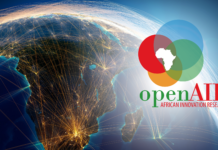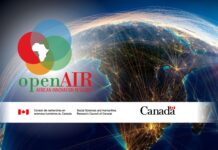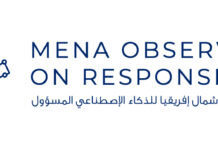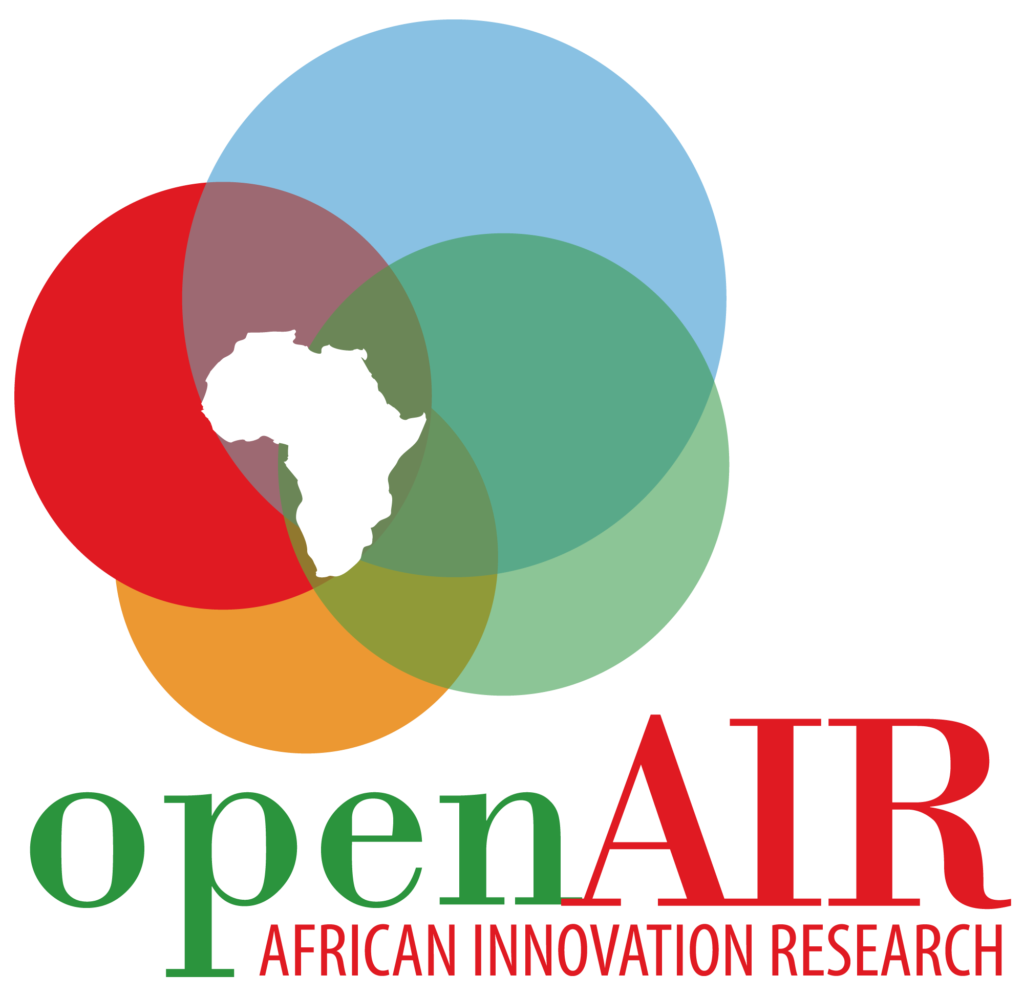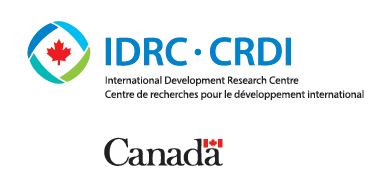By Chidi Oguamanam
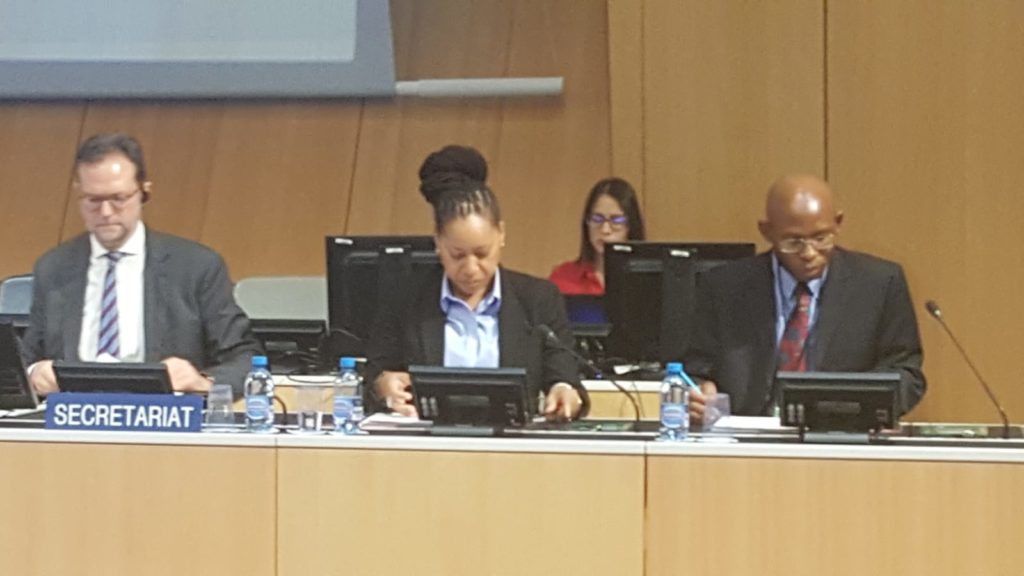
One of the major innovations of the IGC, in its long-running search for international legal instruments for the effective protection of TK/TCEs (Traditional Knowledge / Traditional Cultural Expressions), is the idea of tiered or differentiated approaches to TK/TCEs. The essence of looking at TK/TCEs on a tiered basis is the recognition that some TK/TCE categories are diffused to some degree. They are being accessed, used, and appropriated daily by various users, legally or illegally. Often, external users of TK/TCEs have no understanding of the obligations they may owe to the Indigenous Peoples and Local Communities who so often are the custodians of TK/TCEs. The tiered approach is an emerging concept. So far, delegates – mainly those from non-demandeur countries and negotiation blocs; notably, the African Group and a coalition of like-minded countries (LMCs) – have distinguished primarily between sacred or secret TK/TCEs, narrowly diffused TK/TCEs, and widely diffused TK/TCEs.
The logic is that the less diffused TK/TCE is, the more likely that their IPLC custodians are able to exercise a higher degree of control. This is most likely to be the case with so-called “secret” TK/TCEs. On the other hand, where TK/TCEs are narrowly or widely diffused, that level of diffusion should correlate to the level of control exercisable by its IPLC custodians. Widely diffused TK/TCE attracts the lowest level of protection in relation to narrowly diffused, while secret or closely held TK/TCE attracts the highest level of protection. Consequently, the range of rights available to such custodians or owners of TK/TCEs should be calibrated to the level of diffusion and control. Broadly, the available range of rights that attach to TK/TCEs fall into moral, economic, and other open-ended categories that could be subject of contract law or the legal traditions (i.e. customary laws) of IPLCs. As expert delegates gather to explore TK/TCE texts further during the penultimate negotiations of the current biennium (2018-2019) – that is, the 39th IGC – they have the opportunity to further explore the viability or feasibility of the tiered approach.
So far, here are some of the issues that delegates are confronted with under the tiered approach. The first is whether the tiers as currently formulated are enough. Could there be more tiers of TK/TCEs not yet captured? Or is there a need to reduce the current three-tiered structure? A related issue is the need to avoid creating the impression that the protection of TK/TCEs must be limited to the tiered framework; after all, there may well be TK/TCEs that are not amenable to the tiered framework.
The second issue is how to deal with the insistence by the Indigenous caucus that most – if not all – TK/TCEs are sacred, and that the secret status of TK/TCEs is not a factor of whether they are widely or narrowly diffused. They argue that the process of diffusion is important. For that reason, those who have illegally taken TK/TCEs from its custodians – and, by so doing, diffuse them without prior informed consent – should not be rewarded by asking the original owners to let go or accept dilution of their rights. At the 38th IGC, the Indigenous caucus demonstrated this dilemma with the experience of Zia, tribe of New Mexico in the United States and part of the larger Pueblo tribe.
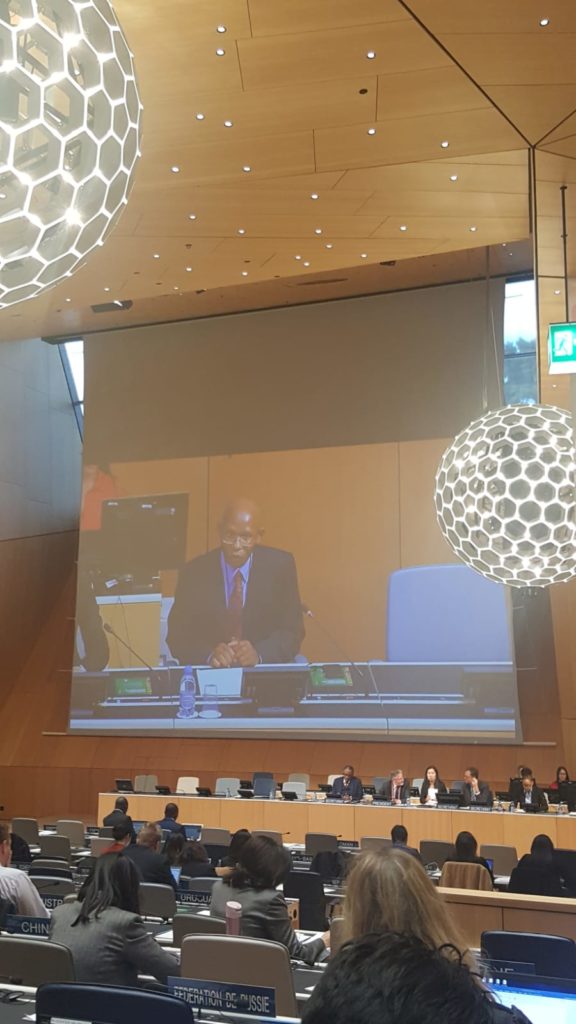
Zia Sun Symbol Under the Tiered Approach to TK/TCEs
The interface of the sun and the number “4” constitute the famous Zia Sun symbol, which is at the heart of the Zia People’s worldview. That symbol was desecrated by anthropologists, and was eventually corrupted and adapted into a winning entry during the competition for the state flag of New Mexico when, in 1890, it joined the United States as the forty-seventh state. The Zia Sun symbol has since become perhaps one of the most prominent symbols of any US state, and has become synonymous with New Mexico. Under the tiered approach, the Zia Sun symbol could be said to be widely diffused, but does that fact mean that those who appropriated the sacred symbol should be rewarded for their egregious conduct? Why would the Zia not be able to redeem their sacred tribal symbol? Why would they not hold the State of New Mexico accountable, and demand maximum compensation for the harm caused? On the basis of this and other cases, delegates have been required to re-imagine the concept and circumstances of diffusion of TK/TCEs. That leads to the third major issue that confronts delegates with regard to the tiered approach, which can be characterized as Internal and External Diffusion of TK/TCEs.
Internal and External Diffusion of TK/TCEs
Specifically, delegates need to consider whether it is the subjective judgement of IPLCs, perhaps through their legal traditions (customary laws and practices), that should be the determinant of when diffusion occurs, its extent (narrow or wide), its legality or illegality, and the consequences/sanctions that attach to it. On the other hand, they are to consider whether it should be the objective opinion of external users as a matter of fact and other extraneous considerations, including value judgments that determine the nature of the diffusion that may have occurred.
Rights under the Tiered Approach
Finally, delegates are also required to delicately negotiate and frame the nature of rights that ought to accrue to IPLCs under the tiered approach. As a starting point, rights captured under the tiered approach include moral rights, economic rights, and an omnibus rights category. In the meantime, as the tiered approach gets more scrutiny in the ongoing negotiations, IPLCs have indicated that it would be not be helpful to align rights under the tiered approach with those of conventional intellectual property. For example, while IPLCs recognize that non-economic rights take priority over economic rights, they stress that traditional moral rights do not fully capture the complex and culturally sensitive benefits and expectations which IPLCs attach to their TK/TCEs. Lastly, they also insist that consideration should be made of local, tribal, and other contexts for the TK/TCE, so as not to create a one-size-fits-all approach in the tiered approach.
Toward IGC 40
The 39th WIPO IGC is crucial. It provides the last opportunity to advance the TK/TCE texts closer to the more advanced text on genetic resources, regarding which there is stalemate (owing to efforts by the US – and its ally, Japan – to block progress on the genetic resources text at the 36th IGC). The next IGC (40th) is a stock-taking meeting where progress will be evaluated regarding the three working instruments, with advice given to the General Assembly over the next mandate of IGC and the ripeness (or not) of any of the instruments for consideration at the diplomatic conference.

